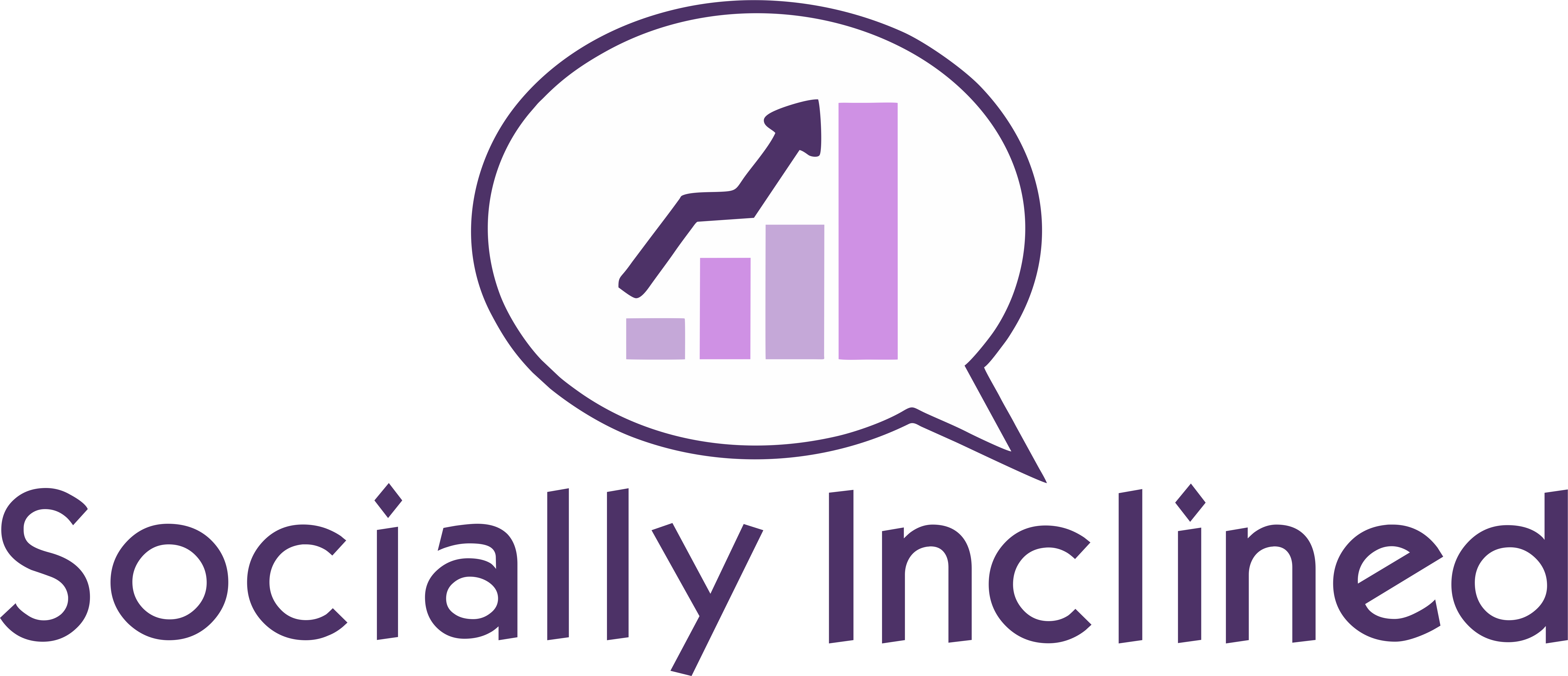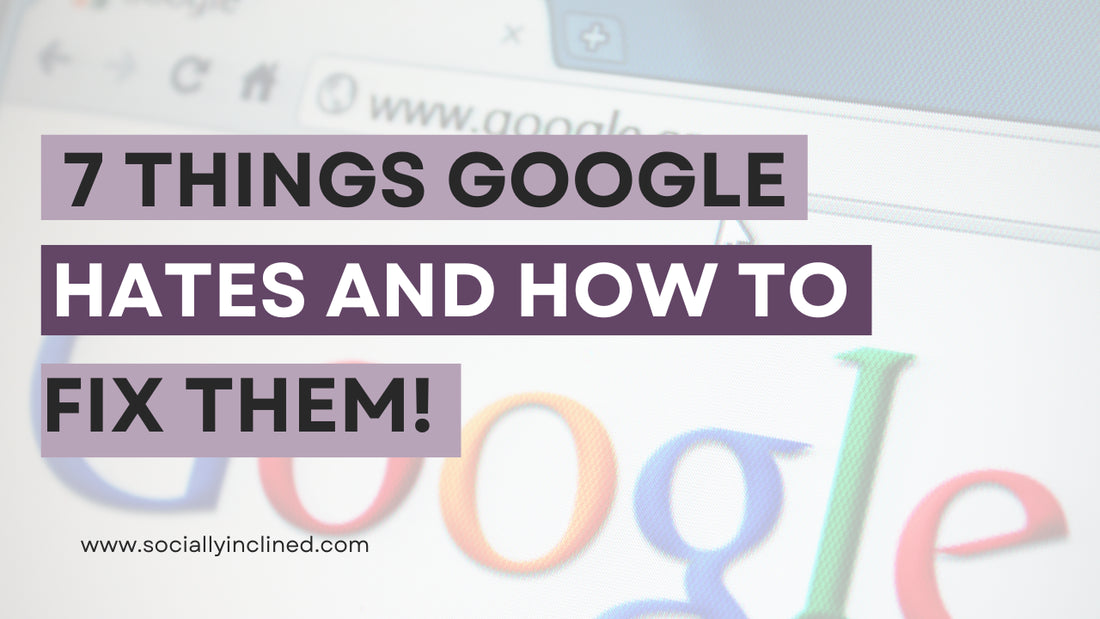Every website wants some love from Google. A high rank on Google’s SERP can mean the difference between getting organic traffic every day and never seeing a single visitor on your site that you didn’t pay for.
The catch?
Google’s playing hard to get – or it might be if you are making some common mistakes that send signals that your website isn’t the authoritative, worthwhile destination you want it to be.
The good news is that these mistakes are easy to correct. Here are 7 things that Google hates and some quick ways to stop doing them and start getting the organic traffic you need.
#1: Poor User Experience
When Google’s algorithms return a list of search results, the company’s goal is always to deliver an optimal experience for any user who clicks on your website. If your page is slow to load or difficult to navigate, Google hates it and will likely relegate your site to oblivion on the second or third (or lower) page of search results.
Fortunately, there’s an easy fix. Start by using Google’s PageSpeed Insights to ensure your page has a speed of 80 or higher. You should access the Core Web Vitals Report on your Google Search Console to identify additional problems. Finally, make sure to optimize your images by using the smallest file size that delivers the results you want and minimize redirects both internally and in your outgoing links.
#2: Lack of Quality Backlinks
You already know that high-quality backlinks are an essential element of SEO. If authority domains are not linking back to your site, it can negatively impact your rank on Google.
The solution here is not to focus on volume. A few good links are going to be more effective than a bunch of spam links. The best way to proceed is to identify high-authority sites where your content might be relevant to visitors. Then, you can find contacts for those websites and email them to see if they would be willing to link to your content. If they agree, make sure to have a conversation about anchor text. Anchor text that uses your company name or one of your priority keywords is preferable to anchor text that says, ‘click here’.
#3: Shallow or Irrelevant Content
Your content needs to be useful and in-depth on your chosen subjects if you want Google to reward you with a place on the first page of search results. It’s not enough to use keywords. You must include related terms and subtopics to build semantic relationships and rank for keyword clusters.
There are lots of tools you can use to find related subtopics to use in your content. For example, Surfer SEO and Market Muse both provide lists of keywords, related terms, subtopics, and more. They also score content, which means you can figure out how your content will perform against your competitors’ content.
As a final note, Google Passage Ranking is now live and allows Google to highlight passages that are relevant to a searcher’s query. Having a highlighted passage can do a lot to get a searcher to click on your site. You’re more likely to benefit if you focus on creating content that’s semantically rich and relevant.
#4: Lack of Interactive Content
Words can do a lot in the world of SEO but they’re not the only thing that matters. Google likes to deliver a good user experience and part of that means that the algorithm prefers sites that offer more than words.
Interactive content can include a lot of different things. Videos, audio clips, expandable content, clickable infographics, and Java Script can all go a long way toward creating an engaging and captivating experience for the people who visit your site.
The trick is to create interactive content that doesn’t slow your site down. Fortunately, there are plenty of website templates and plugins that can help you to give visitors opportunities to interact with your content without compromising the user experience in terms of speed and navigability.
#5: Lack of Advanced HTML Tags
You’re probably already using basic HTML tags, but if you’re not also taking advantage of some advanced HTML to help Google index your content, then you might be ranked lower than you should be.
Let’s start with the meta tag, which should be engaging to readers while incorporating your most important keyword and topic. You should also be using heading tags strategically. They’re an ideal place to incorporate questions and other long-tail keywords.
There are a few other advanced tags that you might be missing.
- Noindex and Nofollow tags are good for letting Google know that you don’t consider a page to be important. They let the crawlers know that they can skip these pages.
- The “Rel canonical” tag tells Google to skip redundant content.
- Schema.org markup provides structural guidance and helps Google to identify your most important content to display on the SERP.
None of these additions take long and they can make a big difference in your page rank.
#6: Competing with Yourself
One of the most common mistakes I see is when companies compete with their own pages by including repetitive or redundant content. If you have two blog posts that include similar content and target the same keywords, they may essentially cancel one another out.
The easiest way to fix this mistake is to optimize similar pages for different, long-tail keywords. You may also be able to differentiate similar content by updating something older to make it more relevant.
#7: You’re Getting Low-Quality Traffic
You might think that getting lots of traffic is a good thing but that only applies when it’s high-quality traffic. If you have incoming spam links, they can hurt you instead of helping you.
To get rid of low-quality traffic, use a tool like Finteza. It will analyze your traffic and help you identify sources that might be hurting you with Google, including bots. Once you know what those sources are, you can work to eliminate them
Improving your Google rank is a priority for most companies. Using the information that we’ve provided here you can move up on Google’s SERP and get the organic traffic you deserve.












